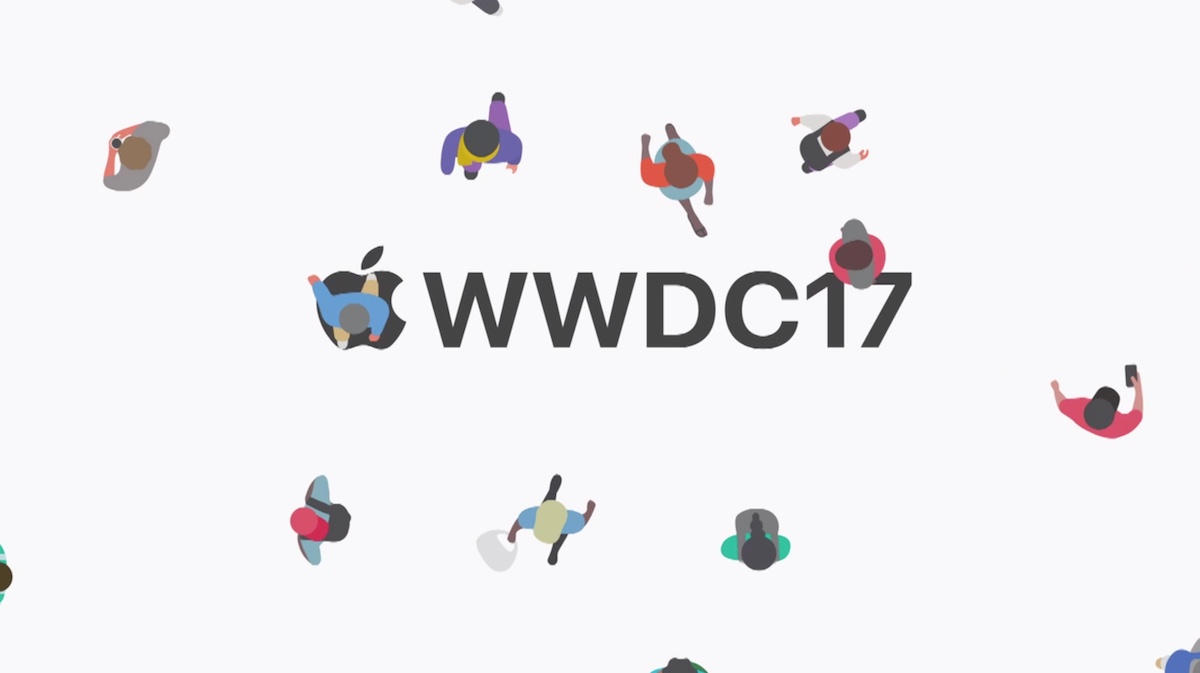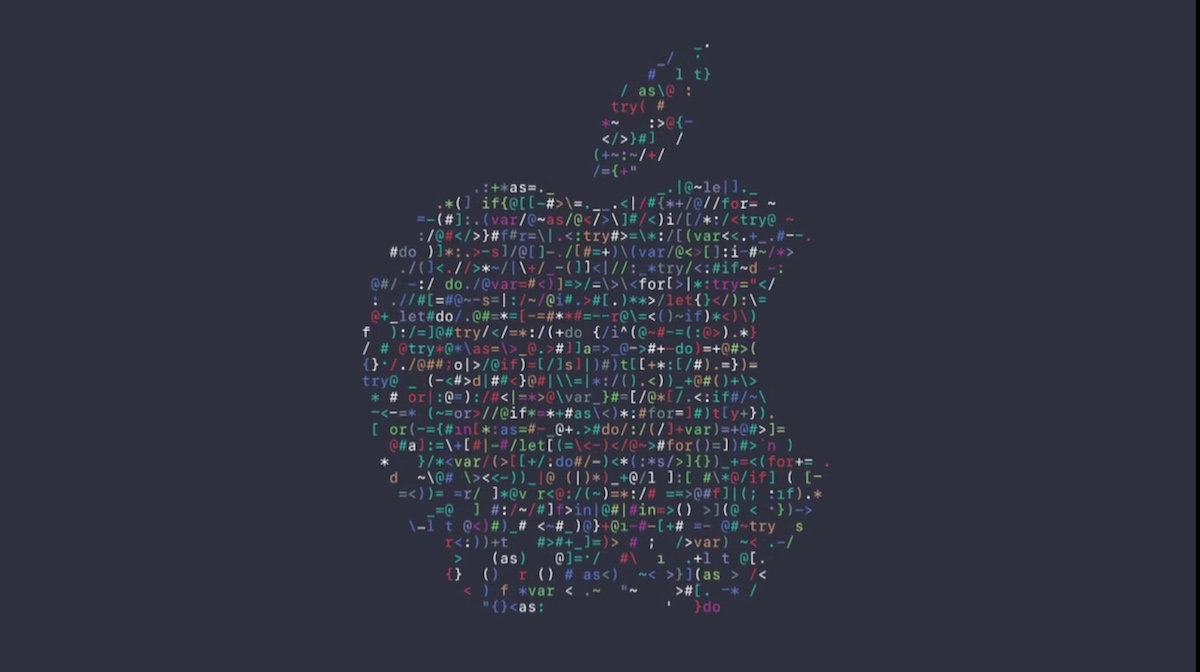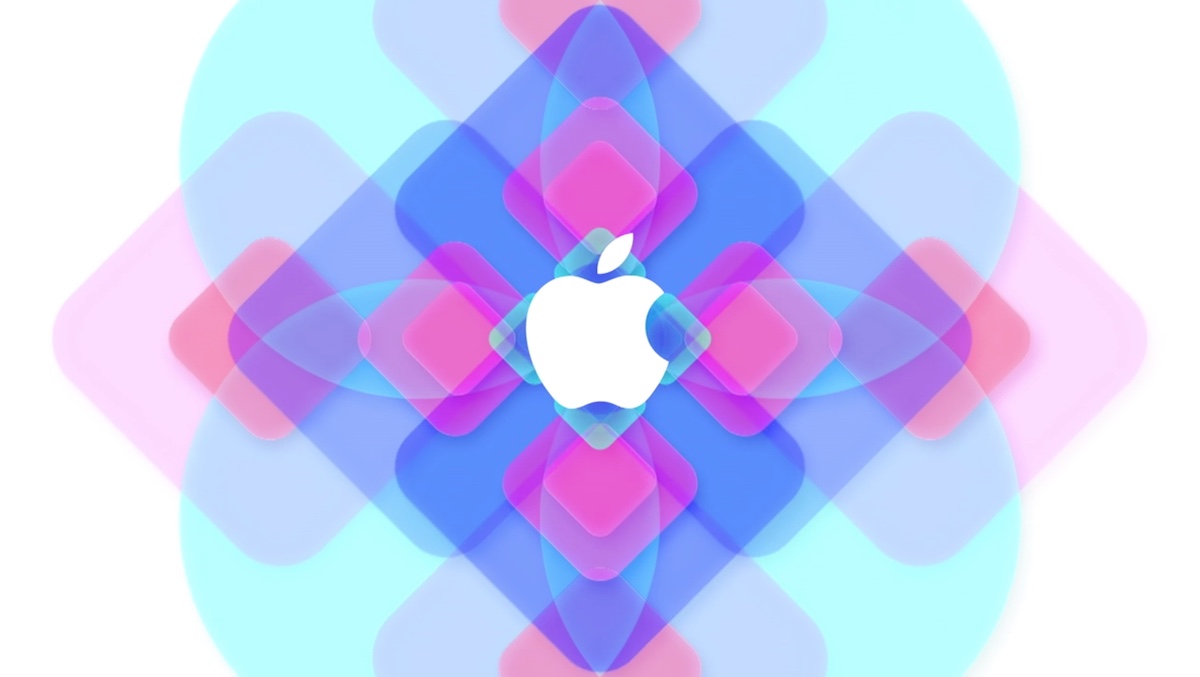Dark Side of the Mac: Appearance & Materials
One of the most exciting announcements at this WWDC was the introduction of a long-awaited “dark mode” in macOS 10.14 Mojave, which lets you use a whole desktop with all the apps on it in a dark theme, instead of just the dock and the menu bar as before.
While I’m not nearly as excited about it from the user’s perspective as some others are 🙂 - I’m totally a “light side” Mac user, I’ve always used a light theme in TextMate, light theme in Xcode, white background in iTerm, and I sometimes have to use reader mode on websites with a dark background - I’m actually very curious about it as a developer. The reason is that it seems to require a lot of changes across apps to adapt them to the new appearance, or at least a lot of checking and testing, but it does so in a way that feels like “making things right” - not so much introducing complexity just for this reason, but rather enforcing some order and good practices that were earlier easy to forget about. As you’ll see, a lot of work might actually be about removing things.


